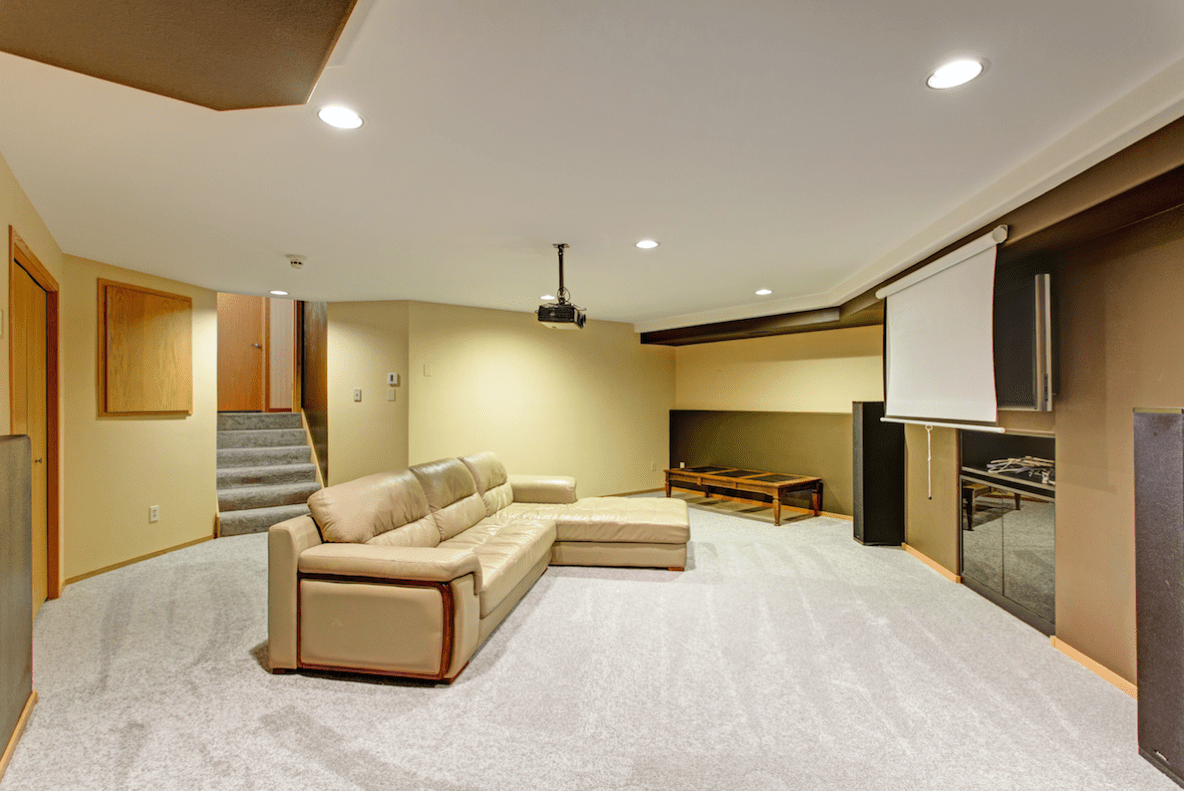How to Choose the Right Basement Sump Pump

Choosing the correct sump pump can help alleviate water damage or worse, allowing you to enjoy all rooms in your home, including the basement. A sump pump is designed to pump water out of your home before it can get to disastrous levels, guarding against not only flood waters, but also alleviates an insurance claim and the cost of water damage mitigation. With a task this vital, your sump pump needs to be ready for the job! Here are a few points to think about before choosing one.
Submersible or Pedestal
Pedestal sump pumps, which are elevated so they are out of the water, used to be the go-to pump, but this was before technology could make them waterproof. Submersible sump pumps are waterproof and have become much more common, but it is still questionable which is the better investment. Submersible pumps cost more but offer the convenience of being able to be installed in the pit, and they tend to be quieter since they’re submerged. Pedestal pumps are less expensive and last longer than a submersible pump, but they prevent the pit from being sealed, so it won’t work with a radon mitigation system.
Horsepower
Not all sump pumps are created equal, so whether your pump is submersible or Pedestal, it’ll need to be powerful enough to remove water from your home if it floods. How powerful your pump needs to be depends on a couple factors, such as the size of your home and the severity of flooding your home might experience. A common pump size is 1/3 horsepower, which is powerful enough to remove water from an average home with low to moderate flood risk. If your house is larger or your flood risk is higher, however, you may need a 1/2 horsepower pump and, in the most extreme instances, a 3/4 horsepower pump.
Type of Switch
Once you have decided which type of pump you want and what pump size you will need, you’ll have to decide how to turn it on and off. For peace of mind, you might want to have an automatic switch if your home starts to flood, and off once your home is out of danger. A switch that will turn your pump on automatically as water levels rise will protect your home even when you’re not there to operate the pump. It will also turn itself off automatically which will prevent the pump from running dry and burning itself out. There are a couple different types of switches: a mechanical switch, that uses a float to measure the water level and turns the pump on and off as it rises and falls, and an electronic switch, also known as a pressure switch or a capacitive switch, that electronically detects water levels and will turn it on when it gets too high.
Planning for Power Outages
You must also keep your power source in mind as well. Many of the same conditions that would create a flood situation in your home could also mean power loss, so it’s vital to be sure you’re ready for such an event. The safest way to protect your home is not to rely on electricity, which can go out, or a battery backup system, which needs to be maintained and can fail if there is too much demand. Instead, consider installing a water-powered backup sump pump. These systems tie into the municipal water supply and use its water pressure to power the pump, ensuring that you’ll never be left without a working sump pump in case of an emergency.
Navigating the Waters
There are a lot of decisions to make when choosing a sump pump, so call your neighborhood plumber today. Shane Elmore Plumbing technicians can answer your questions from the moment you decide to shop for a sump pump until the day the installation is complete.




